Dry Brushing Face: Benefits, How To Do It, And Dos & Don’ts
Explore this lesser-heard method of gentle exfoliation and rejuvenate your skin.
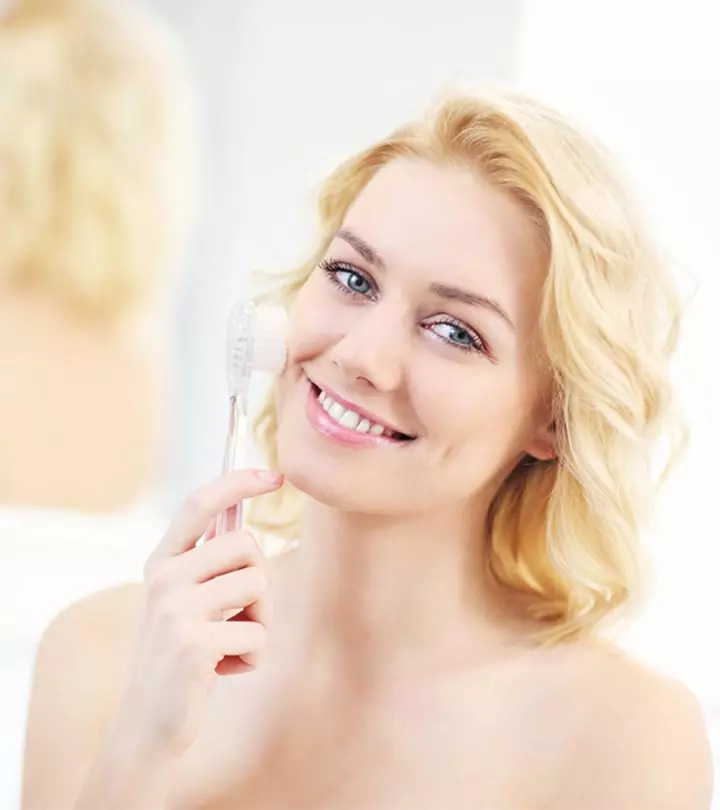
Image: Shutterstock
Exfoliation is a must to improve your skin health. But, if you wish to exfoliate your facial skin naturally, dry face brushing is the best bet. This ancient skincare ritual helps exfoliate your skin and may also tighten sagging skin. But, how does dry face brushing work? Is it safe for delicate facial skin? This article explores dry face brushing and delves deep into its benefits, risks, and how to do it properly. Keep reading.
In This Article
What Is Dry Face Brushing?
As you age, it gets difficult for your skin to shed the dead skin cells on its own. This leaves it looking dull and unhealthy, making your skincare products less effective. Dry brushing is a chemical-free way to exfoliate your skin with a brush after cleansing. It helps remove dead cells, boosts blood circulation (maximizes oxygen intake), and makes your skin smooth. You can use any natural soft-bristled brush to eliminate the dry, flaky skin on your face.
Check out the following section to explore how dry face brushing is beneficial for you.
Key Takeaways
- Dry face brushing is a chemical-free way to exfoliate your skin with a brush.
- It minimizes the appearance of aging signs like wrinkles and fine lines.
- Avoid dry face brushing if you have inflamed or cracked skin, as it can aggravate the condition.
Benefits Of Dry Face Brushing
1. Exfoliates Your Skin
Dry brushing involves physical exfoliation that helps remove dead skin cells, dirt, and flakes. When you dry brush your skin, friction is produced, which helps unclog your pores and allows your skin to breathe. It improves skin health, reduces the risk of acne breakouts, and makes your skin smooth and radiant.
This process stimulates blood circulation that makes your skin look youthful. It prepares your skin to absorb moisture and nutrients from skin care products. Dry brushing your face helps stimulate the sensory nerves and improves the skin renewal process.
Alicia, a blogger, shared her experience of using dry brushing multiple times a week. She found her skin rejuvenated after the use. In her blog, she wrote, “Stimulating, energizing, invigorating, tingly, cleansing…those are just a few words I would use to describe the experience of dry brushing (i).”
2. Improves Lymphatic drainage
Did you know that stimulating your lymphatic system can remove waste and toxins from the body? And dry brushing does exactly that. Many proponents claimed that dry brushing helps detoxify your skin. This technique speeds up blood circulation. Weak functioning of the lymphatic system can lead to the formation of cellulite, clumpy or dimpled-looking skin.
3. Reduces The Appearance Of Wrinkles And Fine Lines
Gentle brush strokes on your face can stimulate the skin’s natural regeneration process, which speeds up cell turnover. This minimizes the appearance of aging signs like wrinkles and fine lines. Also, the increased blood circulation helps make your skin supple and plump.
You should dry brush your face the right way to reap its maximum benefits. Scroll down to explore the steps involved in dry face brushing.
How To Dry Brush Your Face – A Step-By-Step Process
Step 1:
Start with the collarbone area. Brush with 5-10 short strokes towards the heart on each side.
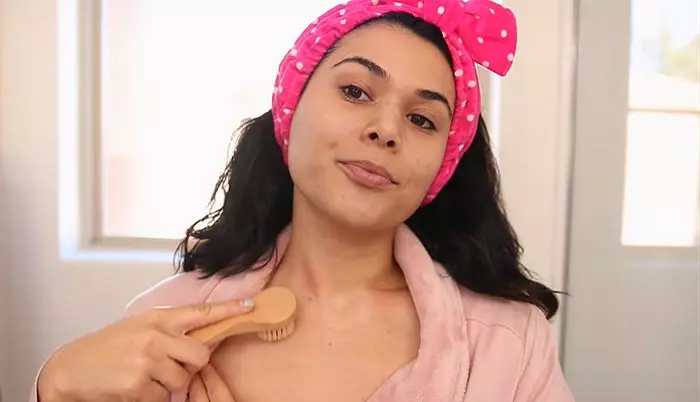
Step 2: Stretch the neck and lift the chin. Give 6 gentle brush strokes in a downward motion, from the jawline to the collarbone.
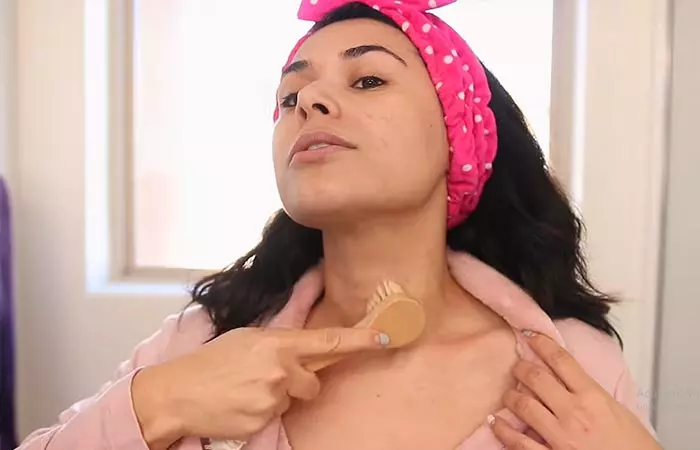
Step 3: Brush the bottom portion of your face – upper and lower lip areas. Start from your lips and move outwards until the corner of your jaws.
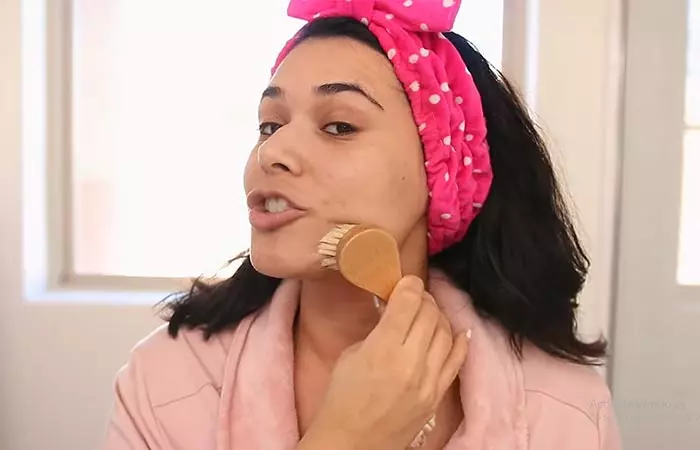
Step 4: Buff the nose gently in the direction of the cheek hollows in inverted U-shaped strokes 6-8 times.
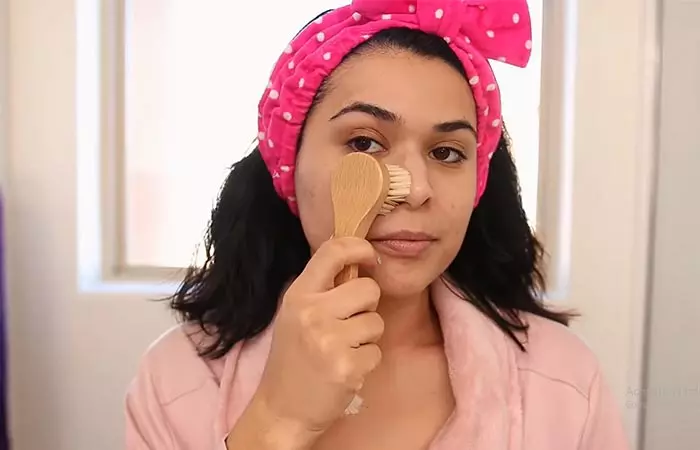
Step 5: Move your brush from the inner portion of the eyebrows towards the temples.
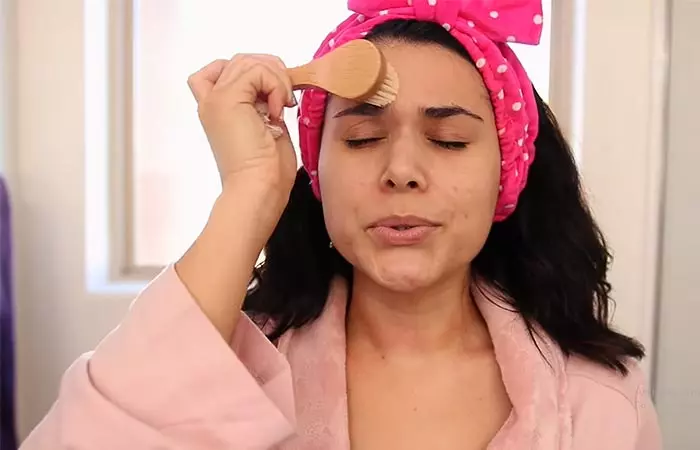
Step 6: Brush the forehead going up and over the temples.
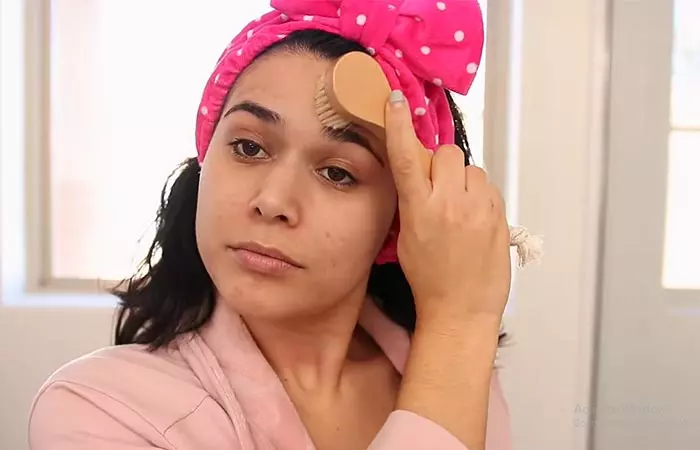
Check out this video tutorial to know more about the process in detail:
Tip:Rinse your face with water after dry brushing
to remove any dead skin cells and flakes. Apply a moisturizer to keep your skin protected and prevent dryness.
Note: Avoid brushing the delicate under-eye area. Never be in a hurry or get rigorous while dry brushing your face. Always use gentle strokes to prevent redness and inflammation.
 Quick Tip
Quick TipNow that you know how to dry brush your face, the immediate question is how often you should be doing it? Let’s find out in the next section.
How Often Should You Dry Brush Your Face?
You should dry brush your face not more than once or twice a week. Dry brush only when you are not using any exfoliating products on your face. For sensitive skin types, dry brushing once every two weeks is recommended. If you have an oily skin type, you can dry brush your face even thrice a week.
Is dry face brushing safe? Are there any side effects of this technique? Scroll down for the answer.
Risks Associated With Dry Face Brushing
Dry brushing is not suitable for people with dry skin conditions, such as eczema, psoriasis, and rosacea. Avoid dry face brushing if you have inflamed or cracked skin as it can aggravate the sensitivity. Do not dry brush open wound areas, bruises, or braised skin.
Note: If you have breakouts and acne-prone skin, consult your dermatologist before proceeding with this method.
 Quick Tip
Quick TipDry brushing your face can be tricky. Here are a few guidelines to keep in mind for the safe and successful completion of the process.
Dos And Don’ts Of Dry Face Brushing
Dos
- Dry brush your face only when your skin is dry. Otherwise, it can get irritated, stretched, and tight, leading to damage.
- Use a soft-bristled brush that is specifically designed for dry face brushing.
- Use smooth and gentle strokes to dry brush your face. Remember, the key is to guide your skin’s essential fluids so that it appears healthy and youthful.
- Always apply a moisturizer post dry brushing to prevent dryness and soothe the skin.
Don’ts
- Never brush your face if you have skin conditions like psoriasis, eczema, and rosacea.
- Do not use the same brush that you use on your body for dry brushing.
- Do not brush your face harshly and regularly. Overdoing it may cause micro-abrasions, flare-ups, and chapped skin.
Dry face brushing is an ancient technique of using a soft-bristled brush to get rid of extra dead cells on your skin. Incorporating dry face brushing into your skincare routine may improve blood circulation and lymphatic drainage, remove toxins, reduce the appearance of wrinkles and make your skin soft and smooth. Ensure that you use a soft-bristled brush, do it twice a week, and apply moisturizer after dry face brushing. If you have acne, eczema, psoriasis, or any other skin condition, you should avoid doing this.
Frequently Asked Questions
Can I dry brush my face with a toothbrush?
Yes, you can dry brush your face with a toothbrush, but ensure that it has good-quality soft bristles to avoid any irritations or scratches.
Do you wash your face before dry brushing?
No, your face needs to be dry for dry brushing. You can rinse your face with plain water once done.
How long does it take to see results from dry brushing?
You can begin to see the results in as little as two days. You can see a visible difference in your face in about two weeks.
Discover the technique of dry brushing your skin to boost blood circulaion and lymphatic drainage. Check the video below as an expert demonstrates dry brushing of the neck, arms and abdomen that you can easily perform on yourself at home!
Personal Experience: Source
StyleCraze's articles are interwoven with authentic personal narratives that provide depth and resonance to our content. Below are the sources of the personal accounts referenced in this article.
(i) Dry Brushing: very simple skin carehttps://wastenotblog.wordpress.com/2013/09/26/dry-brushing-very-simple-skin-care/
Read full bio of Dr. Schwarzburg
Read full bio of Arshiya Syeda
Read full bio of Ramona Sinha
Read full bio of Monomita Chakraborty








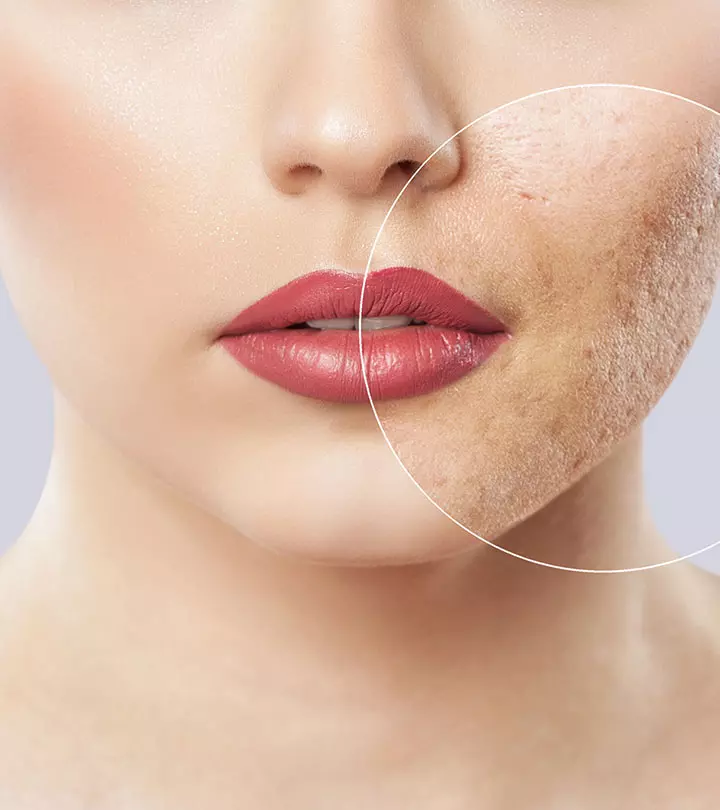

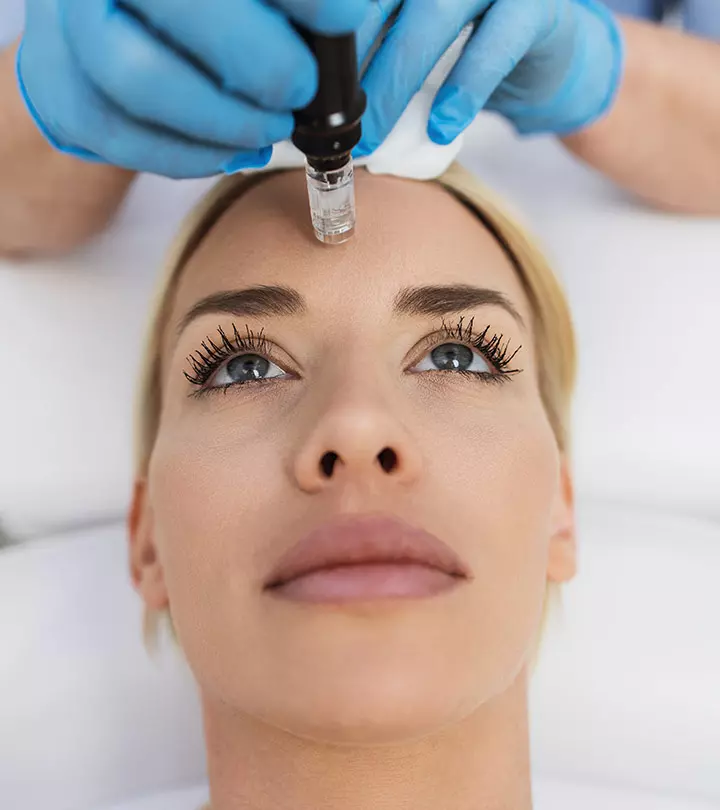
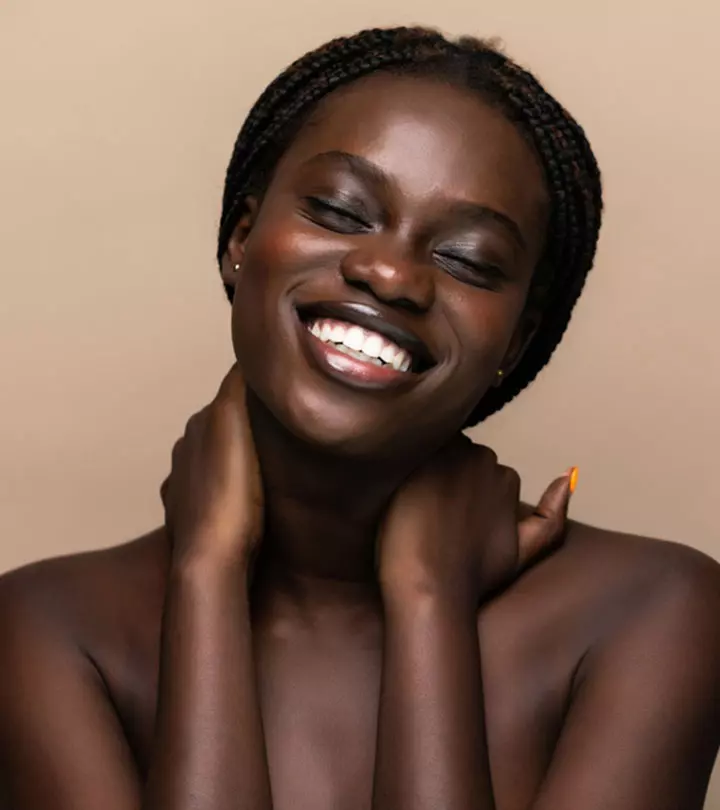

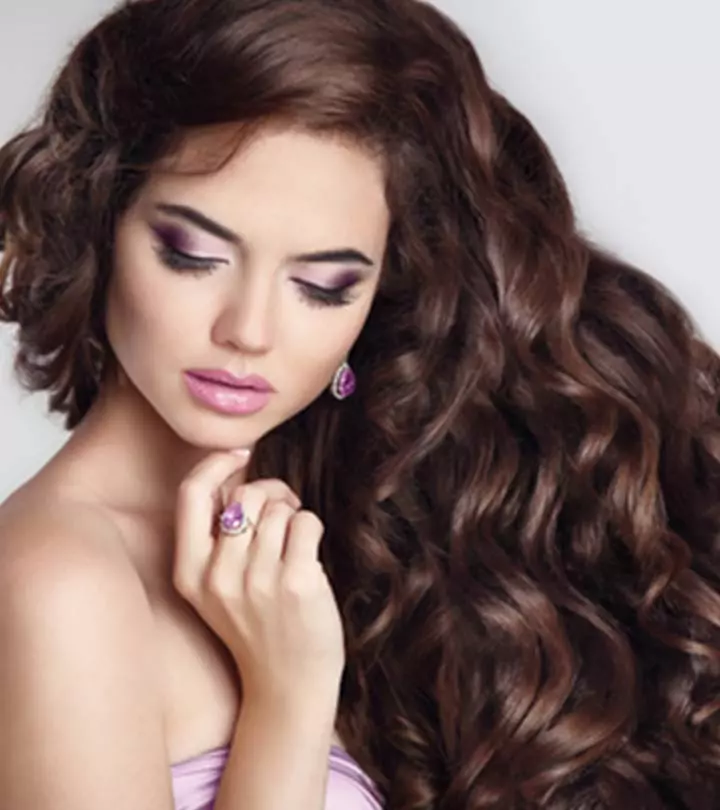


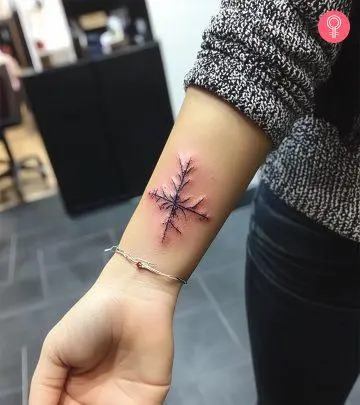
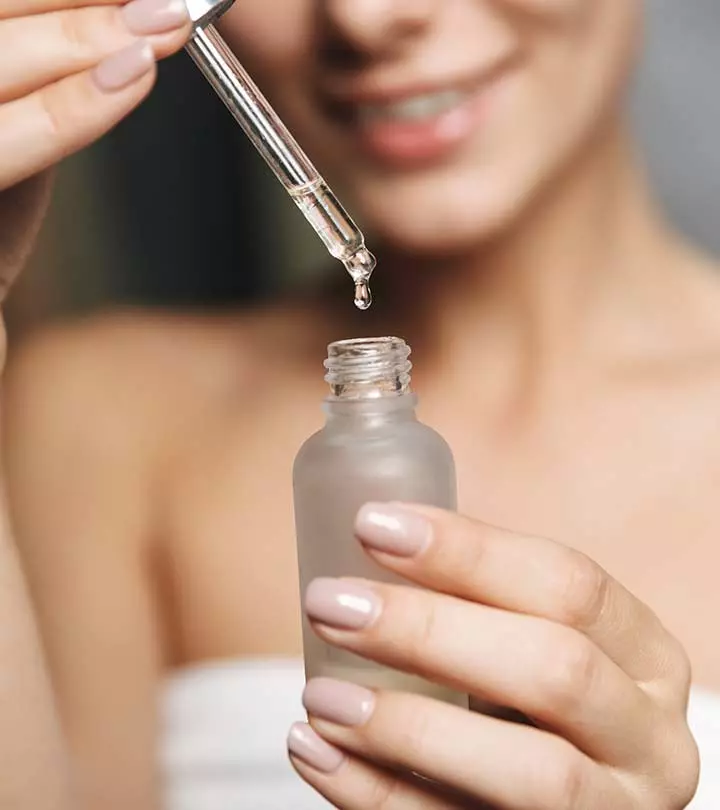
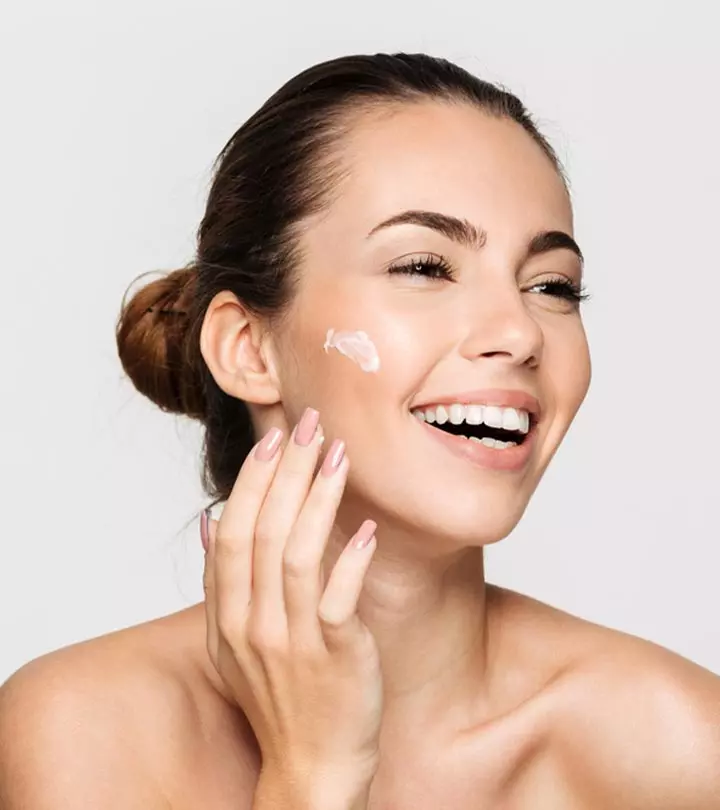
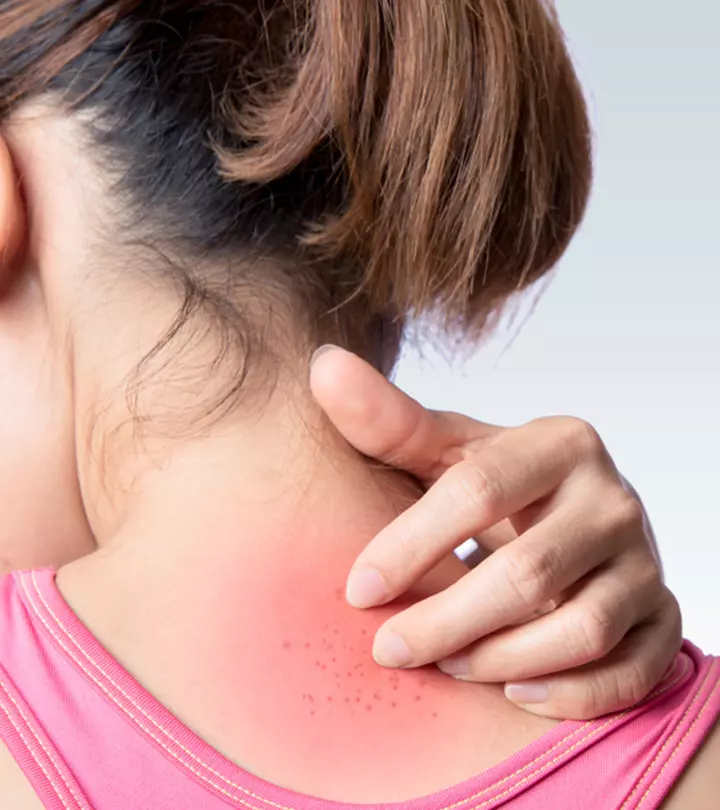
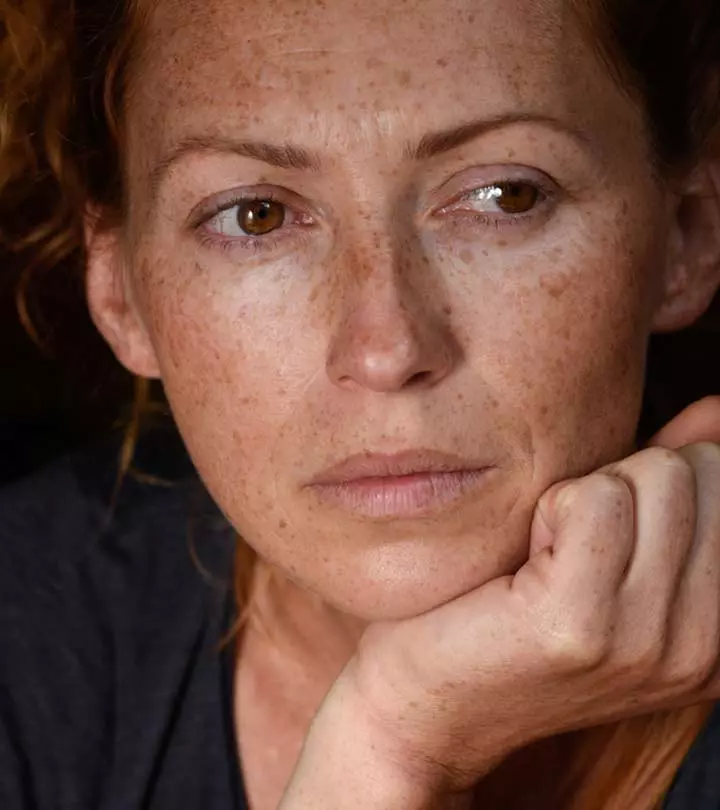

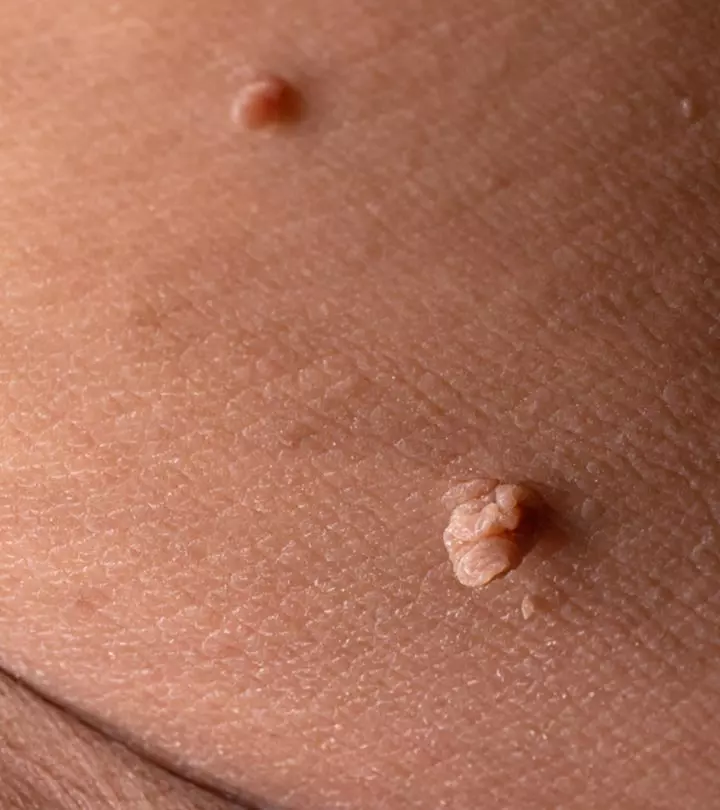
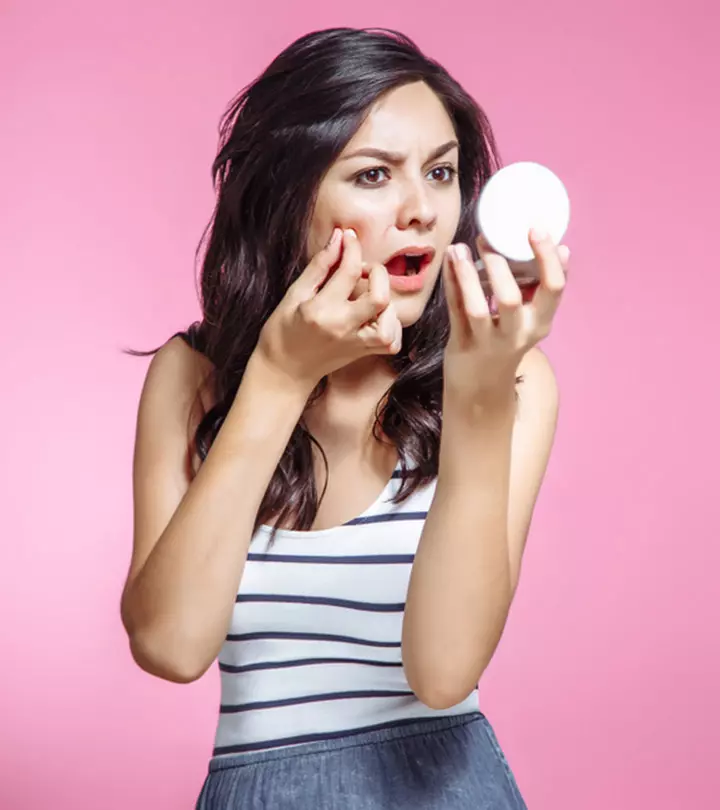

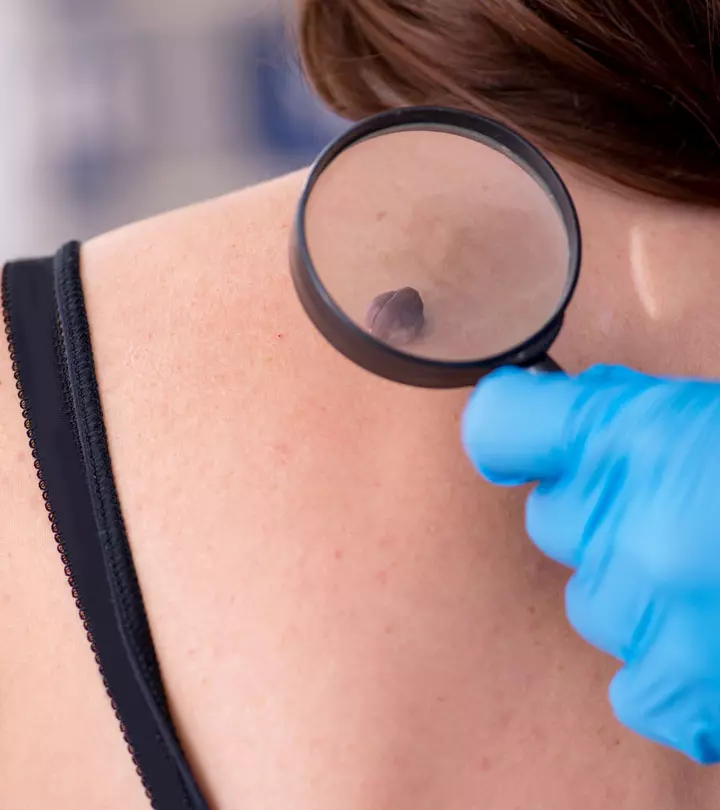
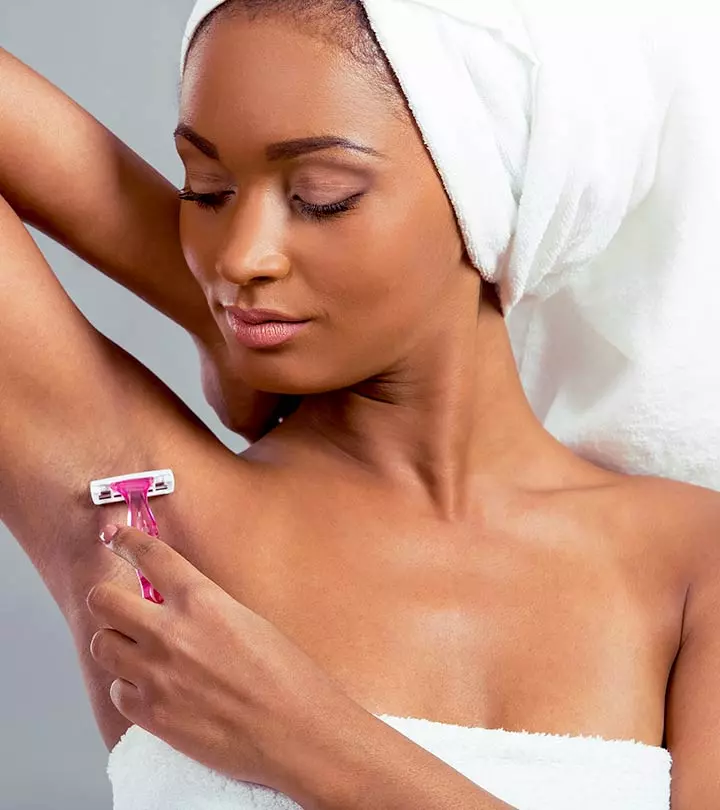
Community Experiences
Join the conversation and become a part of our empowering community! Share your stories, experiences, and insights to connect with other beauty, lifestyle, and health enthusiasts.